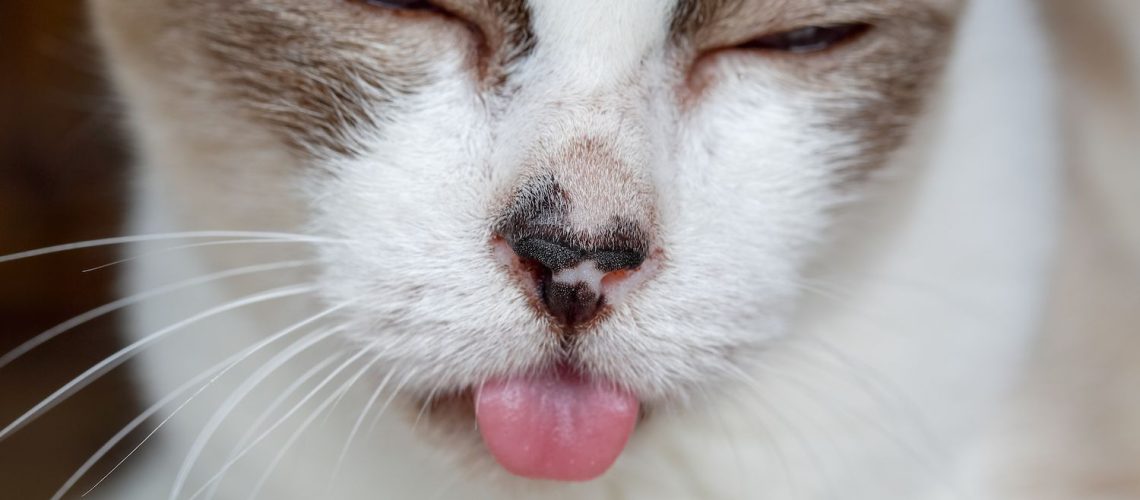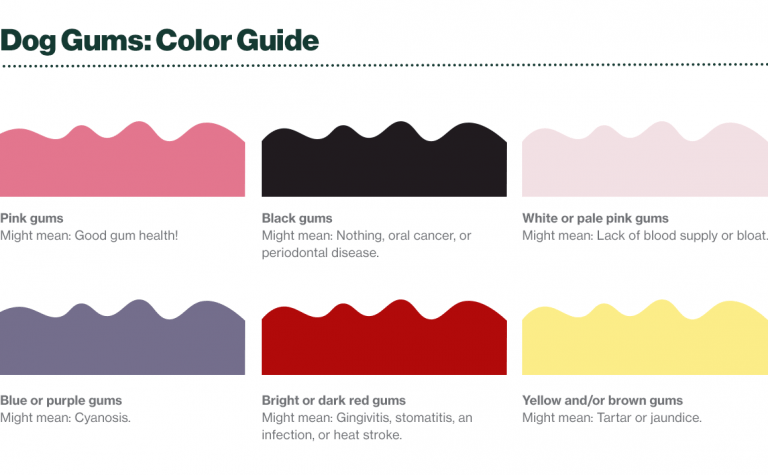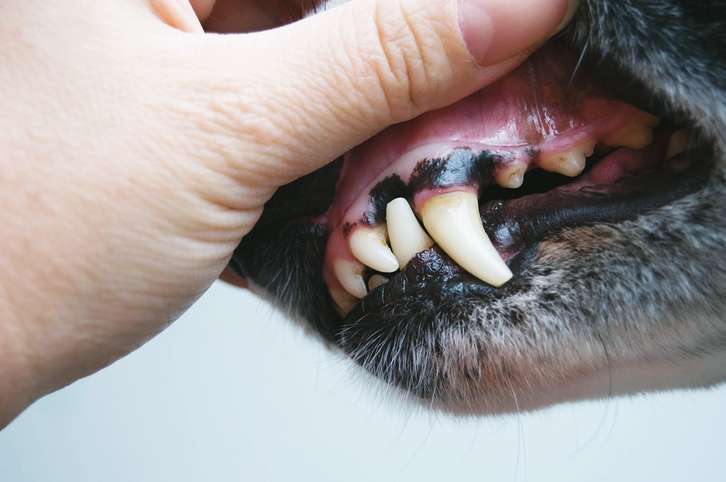Do you ever wonder why your cat seems to be in discomfort or struggling with eating? It could be due to a condition called stomatitis, which affects their mouth and gums. Understanding this topic is essential because it can help you provide the necessary care and relief for your furry friend. In fact, did you know that approximately 2-4% of cats suffer from stomatitis? By delving into this subject, you will gain valuable knowledge on how to recognize the symptoms, prevent complications, and ensure your cat's mouth receives the care it needs. So, let's explore the world of stomatitis together and discover how we can make our feline companions happier and healthier!
Key Takeaways:
- Stomatitis is a painful condition that affects a cat's mouth and requires immediate veterinary care.
- Common symptoms of stomatitis in cats include bad breath, drooling, difficulty eating, and pawing at the mouth.
- Treatment options for stomatitis may include dental cleanings, antibiotics, pain medication, and in severe cases, extraction of affected teeth.
- Regular dental care and cleanings can help prevent stomatitis in cats.
- If left untreated, stomatitis can lead to weight loss, malnutrition, and other serious health complications in cats.
What is stomatitis and why does it affect a cat's mouth?
Stomatitis is a condition that causes inflammation in a cat's mouth. It affects the tissues of the gums, tongue, and sometimes even the back of the throat. This inflammation can be quite painful for cats and can make it difficult for them to eat or groom themselves properly.
The exact cause of stomatitis in cats is still not fully understood. However, it is believed to be an immune-mediated response, meaning that the cat's immune system overreacts to certain triggers in the mouth. These triggers could include dental plaque, tartar buildup, or even certain types of bacteria.
Signs of stomatitis in cats
If your cat has stomatitis, you may notice some signs and symptoms that indicate a problem in their mouth. These can include:
- Bad breath
- Drooling excessively
- Difficulty eating or loss of appetite
- Pawing at the mouth
- Inflamed or bleeding gums
Common causes of stomatitis in cats
While the exact cause of stomatitis is unknown, there are several factors that can contribute to its development:
- Poor dental hygiene: Cats with poor dental hygiene are more prone to developing stomatitis. This includes not brushing their teeth regularly or having regular dental cleanings.
- Feline calicivirus: This viral infection can weaken a cat's immune system and make them more susceptible to developing stomatitis.
- Feline leukemia virus (FeLV): Cats infected with FeLV have a higher risk of developing stomatitis due to their weakened immune system.
Recognizing the signs of stomatitis in your cat
Stomatitis is a painful condition that affects a cat's mouth, specifically the gums and oral tissues. As an owner, it is important to be able to recognize the signs of stomatitis in your cat so that you can seek veterinary care promptly. Some common signs include bad breath, drooling, difficulty eating or loss of appetite, pawing at the mouth, and redness or swelling of the gums. You may also notice your cat avoiding hard food and preferring softer options. If you observe any of these symptoms in your cat, it is crucial to consult with a veterinarian for an accurate diagnosis and appropriate treatment.
Bad Breath
One common sign of stomatitis in cats is bad breath. If you notice an unpleasant odor coming from your cat's mouth that persists even after regular dental care, it could be an indication of stomatitis. This foul smell is caused by bacteria and inflammation in the oral cavity.
Drooling
Excessive drooling or saliva production is another symptom often associated with stomatitis. Cats with this condition may have difficulty swallowing due to pain and inflammation, leading to increased drooling. If you notice your cat constantly wiping or shaking its head to get rid of excess saliva, it could be a sign of stomatitis.
Difficulty Eating or Loss of Appetite
Stomatitis can make eating a painful experience for cats. They may struggle while chewing their food or avoid eating altogether due to discomfort. This can lead to weight loss and malnutrition if left untreated. If you observe changes in your cat's eating habits or notice them avoiding their regular meals, it is essential to consult with a veterinarian.
Pawing at the Mouth
Cats experiencing oral pain may paw at their mouths as a way to alleviate discomfort. If you notice your cat frequently pawing at its mouth or rubbing its face against objects, it could be a sign of stomatitis. This behavior is an attempt to relieve the pain and inflammation in their gums.
Redness or Swelling of the Gums
One of the most visible signs of stomatitis is redness and swelling of the gums. The gums may appear inflamed, tender, and bleed easily when touched. In severe cases, ulcers or sores may develop on the gums or other oral tissues. These symptoms indicate significant inflammation and should be addressed by a veterinarian.
Common causes of stomatitis in cats
The exact cause of stomatitis in cats is not fully understood, but several factors can contribute to its development. While some cats may have a genetic predisposition to this condition, others may develop it as a result of poor dental hygiene, viral infections, or an overactive immune response. Here are some common causes:
Poor Dental Hygiene
Neglecting your cat's dental care can lead to plaque buildup and periodontal disease, which can eventually progress to stomatitis. Regular brushing of your cat's teeth and routine professional dental cleanings are essential for maintaining good oral health.
Viral Infections
Certain viral infections like feline calicivirus (FCV) and feline immunodeficiency virus (FIV) have been associated with stomatitis in cats. These viruses weaken the immune system and make cats more susceptible to developing inflammatory conditions like stomatitis.
Immune System Dysfunction
Some cats have an abnormal immune response that triggers excessive inflammation in their mouths when exposed to certain bacteria or allergens. This overactive immune response leads to chronic inflammation and the development of stomatitis.
Genetic Predisposition
Certain breeds, such as Siamese and Abyssinians, have a higher incidence of stomatitis. This suggests a genetic component to the development of this condition. However, further research is needed to fully understand the genetic factors involved.
Environmental Factors
Environmental factors, such as stress or exposure to toxins, may also play a role in the development of stomatitis in some cats. Stress can weaken the immune system and make cats more susceptible to inflammatory conditions.
It is important to note that while these factors are commonly associated with stomatitis, each cat's case may vary. A thorough examination by a veterinarian is necessary to determine the underlying cause and provide appropriate treatment.
Curing or managing stomatitis: Is it possible?
Stomatitis is a chronic and painful condition that affects the mouth of cats. While there is no known cure for stomatitis, it can be managed effectively to improve the quality of life for affected cats. The primary goal of treatment is to reduce inflammation and alleviate pain. This can be achieved through a combination of medical interventions and home care.
Medical Interventions
Veterinarians may prescribe medications such as corticosteroids or non-steroidal anti-inflammatory drugs (NSAIDs) to help control inflammation and provide pain relief. In severe cases, immunosuppressive drugs like cyclosporine may be recommended to suppress the immune response that triggers stomatitis. Additionally, antibiotics may be prescribed if secondary infections are present.
Dental Care
Proper dental care plays a crucial role in managing stomatitis. Regular professional dental cleanings under anesthesia are necessary to remove plaque and tartar buildup, which can contribute to inflammation. In some cases, extractions of severely affected teeth may be necessary to alleviate pain and prevent further infection.
Home Care Tips
In addition to medical interventions, there are several home care measures that can help manage stomatitis in cats:
1. Feeding Soft Food: Providing soft or wet food can make eating more comfortable for cats with stomatitis.
2. Dental Hygiene: Regular brushing of teeth using cat-friendly toothpaste can help prevent plaque buildup.
3. Pain Management: Administering prescribed pain medications as directed by the veterinarian can help alleviate discomfort.
4. Stress Reduction: Minimizing stressors in the cat's environment can help reduce flare-ups of stomatitis.
By following these treatment options and implementing preventive measures at home, it is possible to effectively manage stomatitis in cats and improve their overall well-being.
Diagnosing stomatitis in cats: How do veterinarians do it?
Diagnosing stomatitis in cats involves a thorough examination by a veterinarian, including a dental evaluation and assessment of the cat's medical history. The process typically includes the following steps:
Physical Examination
During the physical examination, the veterinarian will carefully examine the cat's mouth for signs of inflammation, redness, ulcers, or other abnormalities. They may also check for swollen lymph nodes and assess the overall condition of the cat.
Dental Evaluation
A dental evaluation is crucial in diagnosing stomatitis. The veterinarian will examine the teeth and gums for signs of periodontal disease, plaque buildup, or tooth resorption. Dental X-rays may be taken to evaluate the extent of dental disease and determine if any teeth need extraction.
Biopsy
In some cases, a biopsy may be necessary to confirm the diagnosis of stomatitis. A small tissue sample from an affected area in the mouth is collected and examined under a microscope. This helps rule out other potential causes of oral inflammation and confirms stomatitis.
Once a diagnosis is made, appropriate treatment options can be discussed with the pet owner. Early detection and intervention are essential in managing stomatitis effectively and preventing further complications.
Treatment options for cats with stomatitis
When it comes to treating cats with stomatitis, there are several options available depending on the severity of the condition. The primary goal is to reduce inflammation and alleviate pain to improve the cat's quality of life. Here are some common treatment options:
Medications
Veterinarians may prescribe medications such as corticosteroids or non-steroidal anti-inflammatory drugs (NSAIDs) to help control inflammation and provide pain relief. These medications can be administered orally or through injections, depending on the cat's individual needs.
Immunosuppressive Drugs
In more severe cases of stomatitis, immunosuppressive drugs like cyclosporine may be recommended. These medications work by suppressing the immune response that triggers inflammation in the mouth. Regular monitoring of bloodwork is necessary to ensure the cat's safety and adjust medication dosages if needed.
Dental Extractions
Extraction of severely affected teeth is often necessary to alleviate pain and prevent further infection. This procedure is performed under anesthesia by a veterinarian. Removing the source of inflammation can significantly improve the cat's comfort and overall oral health.
Complementary Therapies
Some pet owners may opt for complementary therapies such as acupuncture or laser therapy to help manage stomatitis symptoms. While these treatments may provide additional relief, it is essential to consult with a veterinarian before pursuing them.
It is important to note that treatment plans should be tailored to each individual cat based on their specific needs and response to therapy. Regular follow-up visits with the veterinarian are necessary to monitor progress and make any necessary adjustments to the treatment plan.
Preventive measures and home care tips for managing stomatitis in cats
While there is no guaranteed way to prevent stomatitis in cats, there are several preventive measures and home care tips that can help manage the condition and reduce flare-ups. Here are some recommendations:
Regular Dental Care
Maintaining good dental hygiene is crucial in managing stomatitis. Brushing your cat's teeth regularly using a cat-friendly toothpaste can help prevent plaque buildup and reduce inflammation. It is important to introduce toothbrushing gradually and make it a positive experience for your cat.
Feeding Soft Food
Providing soft or wet food can make eating more comfortable for cats with stomatitis. Avoiding hard kibble or treats can help prevent further irritation and reduce the risk of dental disease.
Stress Reduction
Stress can contribute to flare-ups of stomatitis. Creating a calm and stress-free environment for your cat by providing hiding spots, vertical spaces, and interactive toys can help minimize stress levels.
Regular Veterinary Check-ups
Regular check-ups with a veterinarian are essential in managing stomatitis. They can monitor the cat's oral health, provide professional dental cleanings, and make necessary adjustments to the treatment plan if needed.
By implementing these preventive measures and home care tips, you can help manage stomatitis in your cat and improve their overall well-being. Remember to consult with a veterinarian for personalized advice and guidance tailored to your cat's specific needs.
In conclusion, stomatitis is a condition that affects a cat's mouth and can cause pain and discomfort. It is important for cat owners to be aware of the signs, seek veterinary care, and provide proper treatment to ensure their furry friends have healthy mouths.
How can I help my cat with stomatitis?
If your cat is experiencing stomatitis, you can either switch to a soft canned food or add water to their dry food to create a softer consistency. Some cats may struggle to eat canned food, so you may need to blend it until their gums are healed.
What is the fastest way to cure stomatitis in cats?
Stomatitis is a condition that is not considered curable, but the symptoms can be significantly reduced by using anti-inflammatory and antibiotic medications over a long period of time. If your cat does not respond well to treatment, your veterinarian may recommend extracting one or more teeth.
What happens if stomatitis is left untreated in cats?
Similar to humans who have periodontal disease, if stomatitis in cats is left untreated, it can spread to the throat, nasal cavities, and bloodstream. This poses a serious risk to internal organs, including heart disease, liver failure, and kidney failure.
What triggers stomatitis in cats?
What is the cause of feline stomatitis? Feline stomatitis occurs when a cat's immune system reacts to the bacteria present in its mouth. The reason for why some cats have a more severe reaction to this oral bacteria while others do not is still not fully understood.
How painful is stomatitis in cats?
Stomatitis causes pain in cats and can lead to a loss of appetite. Cats with this condition may attempt to eat but then make noises of pain or cry when chewing becomes uncomfortable. They may also display signs of discomfort when yawning or grooming themselves. The constant pain in their mouth can cause changes in their behavior and demeanor.
How long does it take for stomatitis to go away?
The healing process for sores caused by stomatitis can take up to 2 weeks. In some cases, individuals with stomatitis may also develop a mouth yeast infection known as thrush, but this can be treated with medication. It is important to receive follow-up care as it is essential for your treatment and overall safety.

















